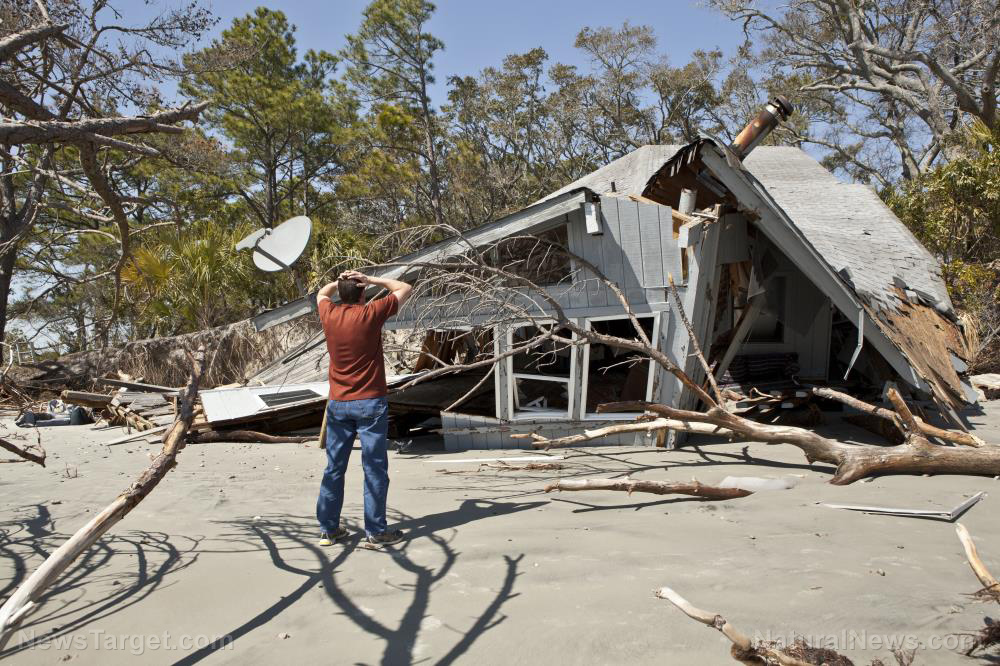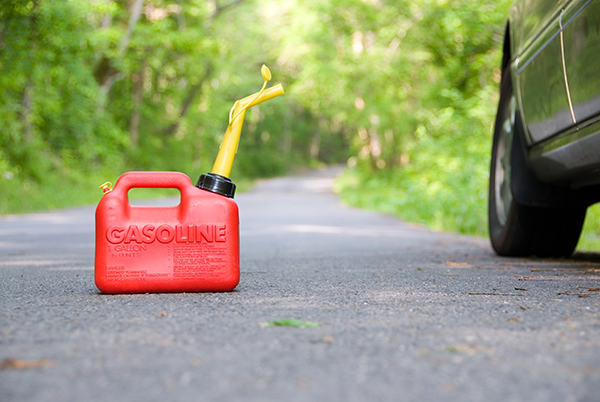
It's easy to get your preps ready and talk about emergency preparedness, but when S actually hits the F, can you keep your cool long enough to protect your family from whatever kind of danger comes your way, or are you prone to making these common mistakes? (h/t to SurvivalSullivan.com)
Panicking
In an emergency, the last thing you should do is panic, especially if you're the leader of a survival group.
Take advantage of the very short window of time that you have to respond properly. This may help prevent injuries or even loss of life.
Freezing with fear
Staying calm to avoid being paralyzed with fear can be difficult, especially since your body is physically affected by your fear, which makes your muscles tighten and keeps you rooted in place.
Try to fight against this natural impulse by breathing slowly and deliberately, until you feel your body relaxing.
Blanking out
In a disaster scenario, your senses can become so overwhelmed by the adrenaline surging through your body. When you feel threatened, hormones can inhibit the part of your brain that manages higher functions, like memory.
You may even forget important information like someone's contact number, even if you had no problem recalling it under normal circumstances. Prime yourself to stay in "prepping mode" when SHTF so you can grab what you need and help family members if they need assistance. (Related: Avoid these 5 deadly mistakes that even experienced preppers make.)
Ignoring disaster safety procedures
Before SHTF, teach the whole family about proper safety procedures for natural disasters that commonly occur in your area, like earthquakes, hurricanes, or tornadoes. If you move to a new area or if you're vacationing somewhere unfamiliar, read up on the disasters and emergencies that may occur in the area and prepare for them as well.
Evacuate, seek shelter, or bug out, but follow proper disaster safety procedures to prevent casualties.
Underestimating the danger
Unfortunately, some people tend to underestimate warnings such as weather reports or notifications from authorities about incoming disasters. When you underestimate any SHTF scenario, you may end up not making informed decisions.
People tend to ignore evacuation warnings because they don't think things are serious enough to leave their homes… until it's too late.
While things are quiet, have regular practice drills with the whole family. Those who are old enough should learn crucial skills, such as:
- How to use a first aid kit
- How to turn off utilities during an emergency
- How to use a gun for self-defense
Moving someone who's injured
If you're not a trained medical professional, don't move an injured person unless leaving him where he is puts him in the path of incoming danger.
When a person is trapped in a car, keep him company. Don't try to move him until paramedics arrive. However, if he's trapped in a burning car or the vehicle is quickly sinking underwater, then you help him escape.
Swimming toward a drowning person
This may be difficult for parents or family members, but you need to fight the urge to swim toward someone who's drowning. Remember, the person is now in survival mode and you can both drown if you swim toward him.
If you're not trained in safe rescue techniques, a drowning person can push you underwater or even knock you out while he's flailing and panicking. Stay on land and throw him a life preserver, a long, sturdy branch, or rope that he can grab while you call for help, which will significantly improve his chances of survival.
Not having cash on hand
In a survival scenario, having emergency cash is crucial. Even if you have a fully stocked room of supplies, you never know when you'll need additional items, especially during a long-term disaster.
When traditional banking is inaccessible or shut down, on-hand cash may be the only thing you can use to purchase additional gear, food, or water.
Relying on cell phones for communication
During a large-scale disaster scenario, most people will panic. They will immediately use their phones to call emergency personnel or get in touch with their families.
All of that cell phone activity may overwhelm cell phone systems. When this happens, having a backup communications system ensures that you can reach your family even if you can't call their phones.
Set up a rendezvous point and a time-frame for a meetup if you don't have other means of communicating when SHTF.
Worrying about daily tasks
During a disaster, focus on surviving. Escaping immediate danger and checking if your loved ones are safe should be your priority. Don't go back for anything unimportant or unhelpful for your survival.
Before disaster strikes, get your preps ready. When SHTF, don't panic, remember your emergency plans, and get everyone to safety.
Sources include:
Please contact us for more information.





















